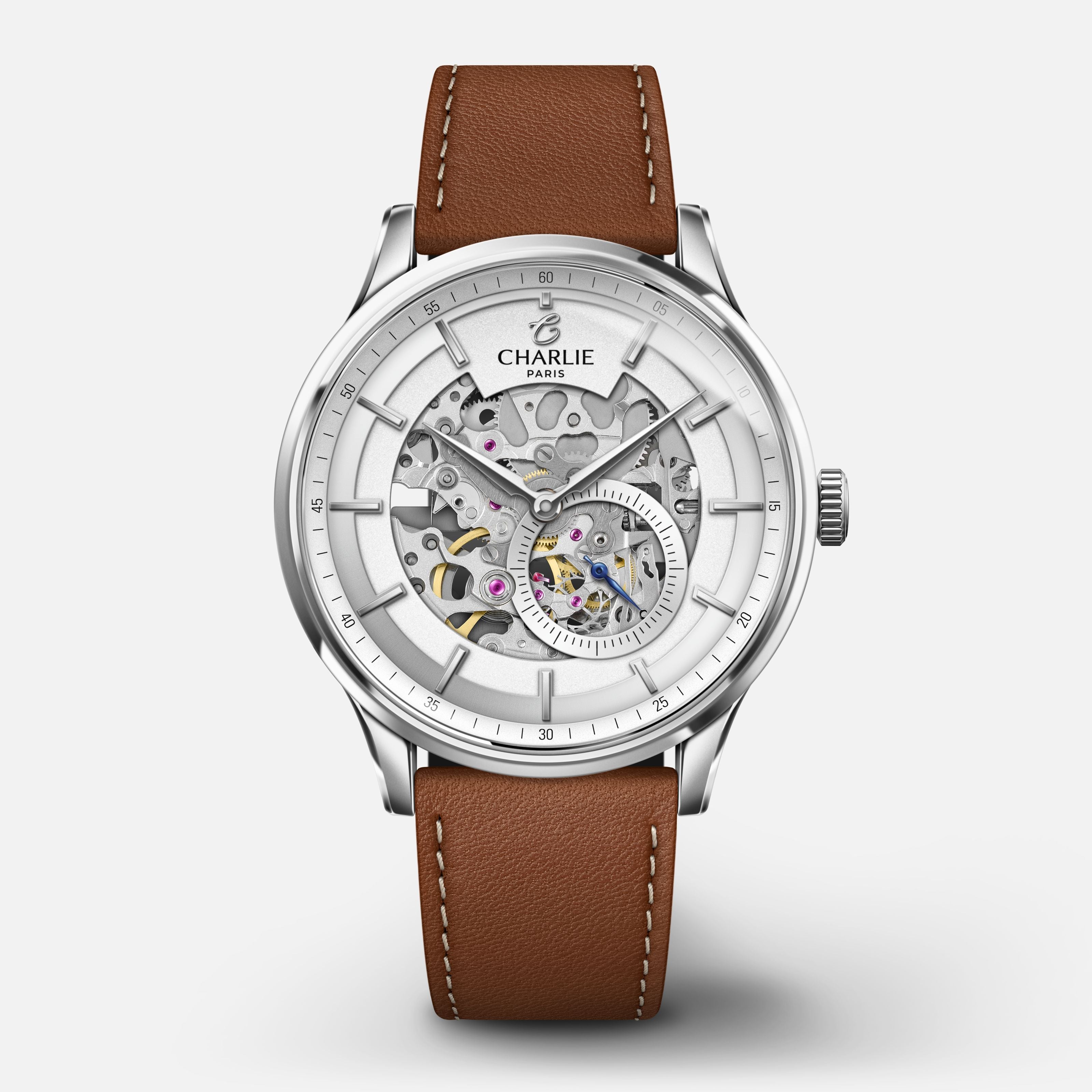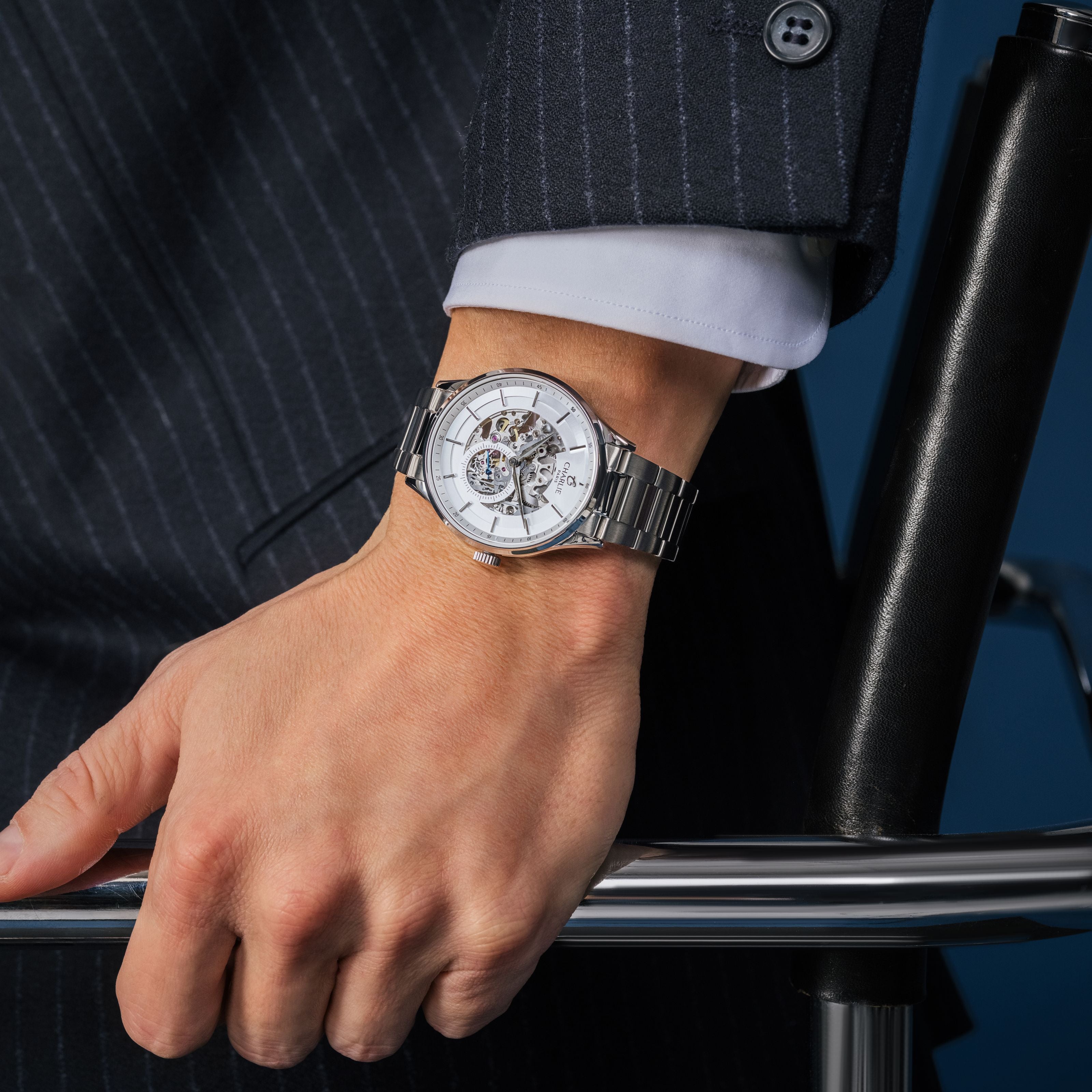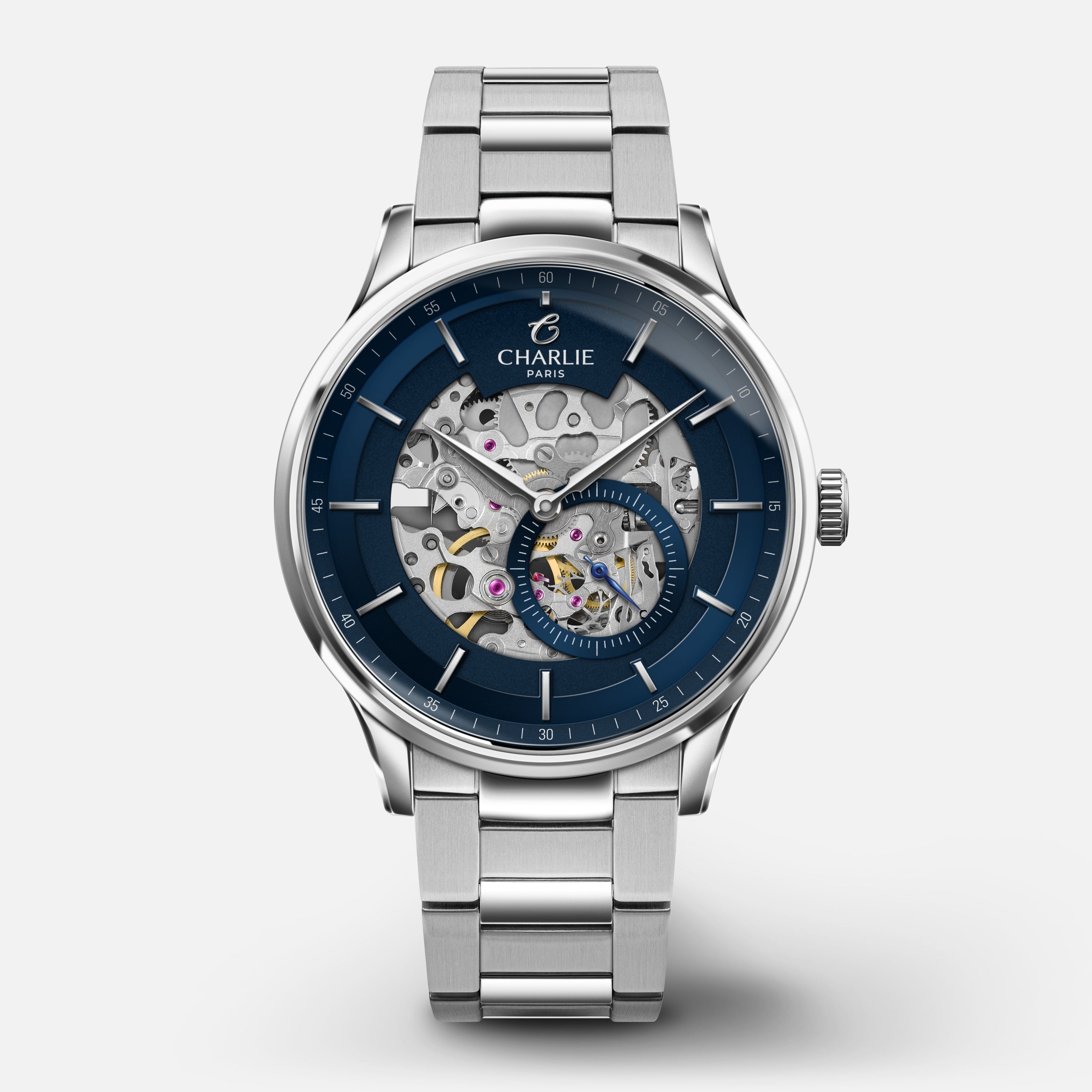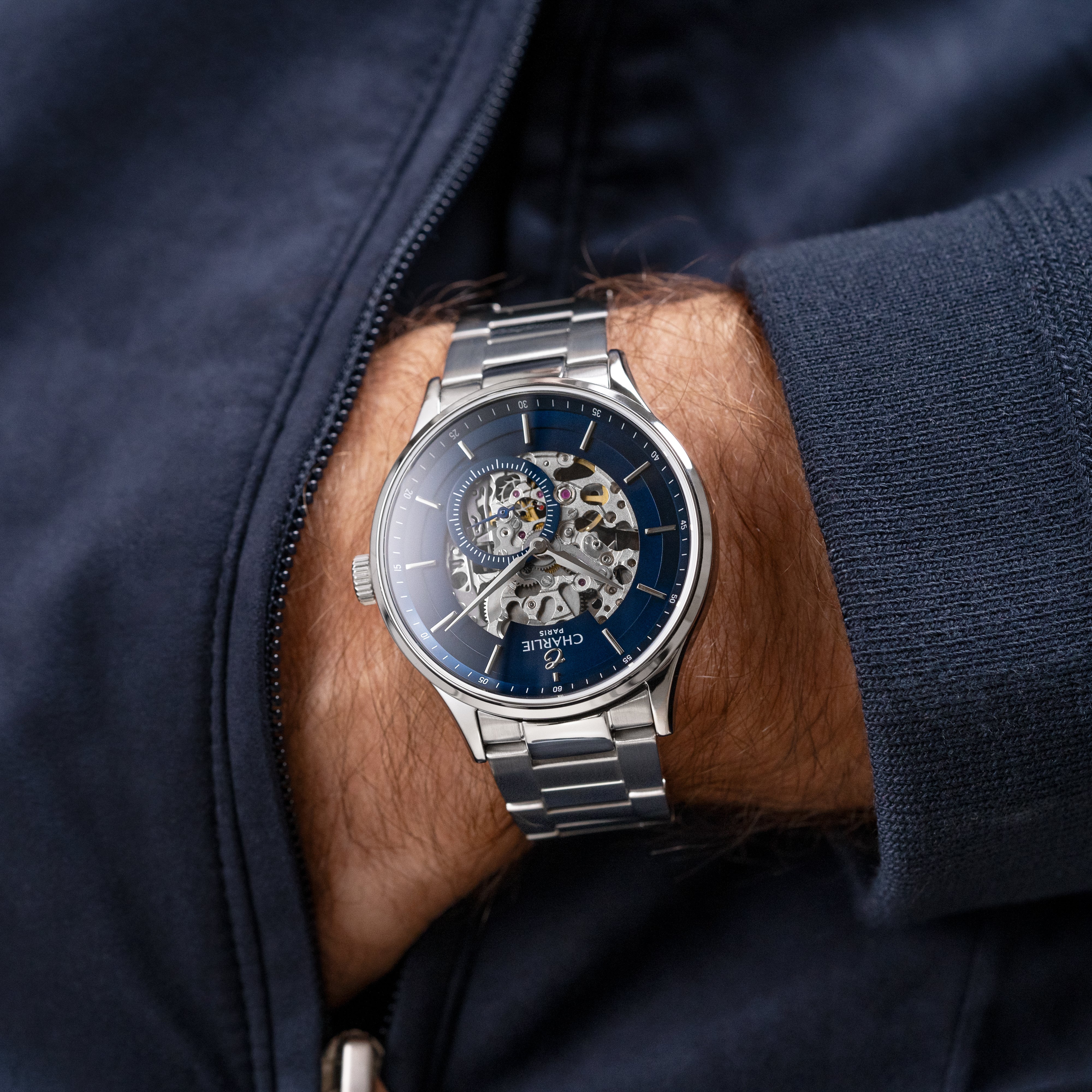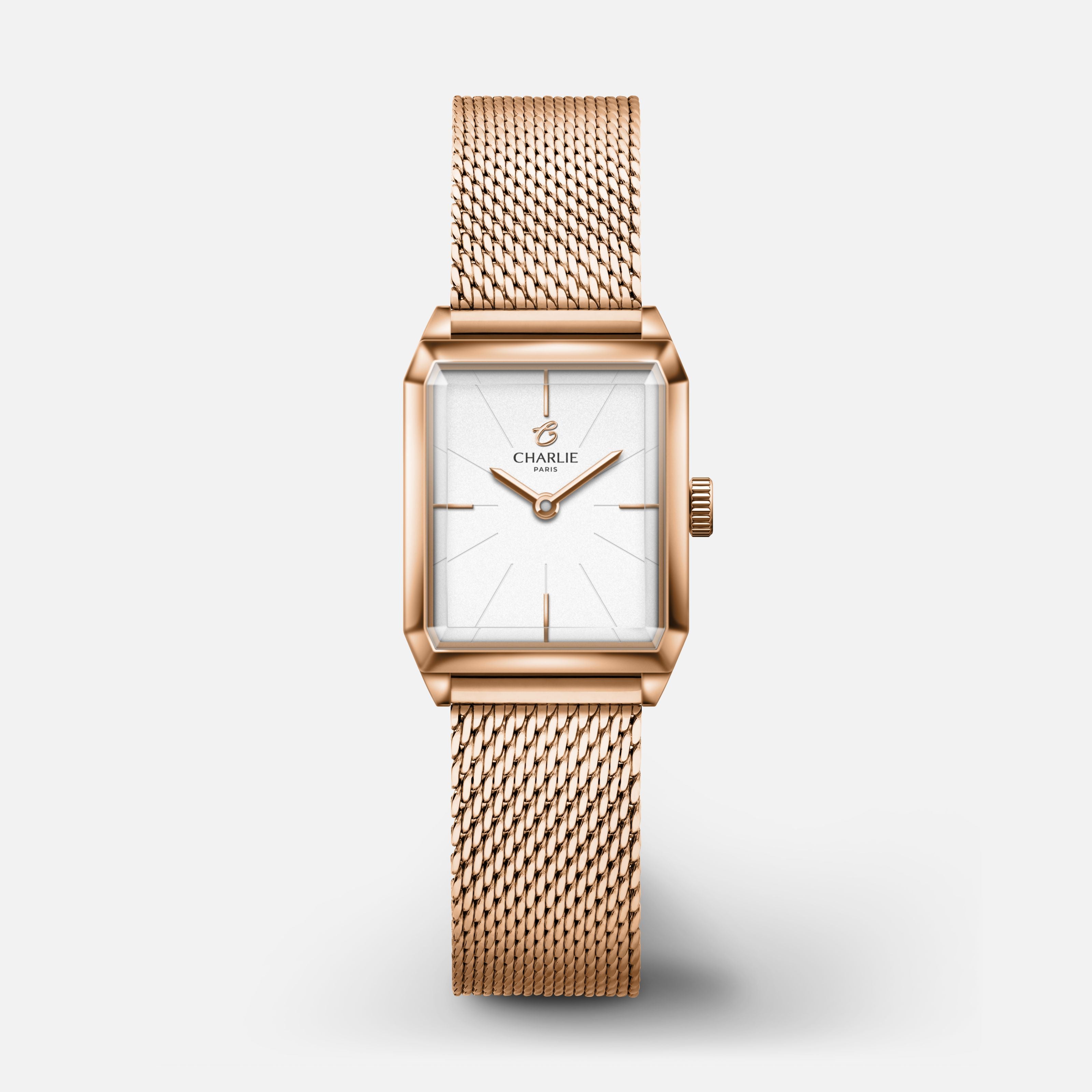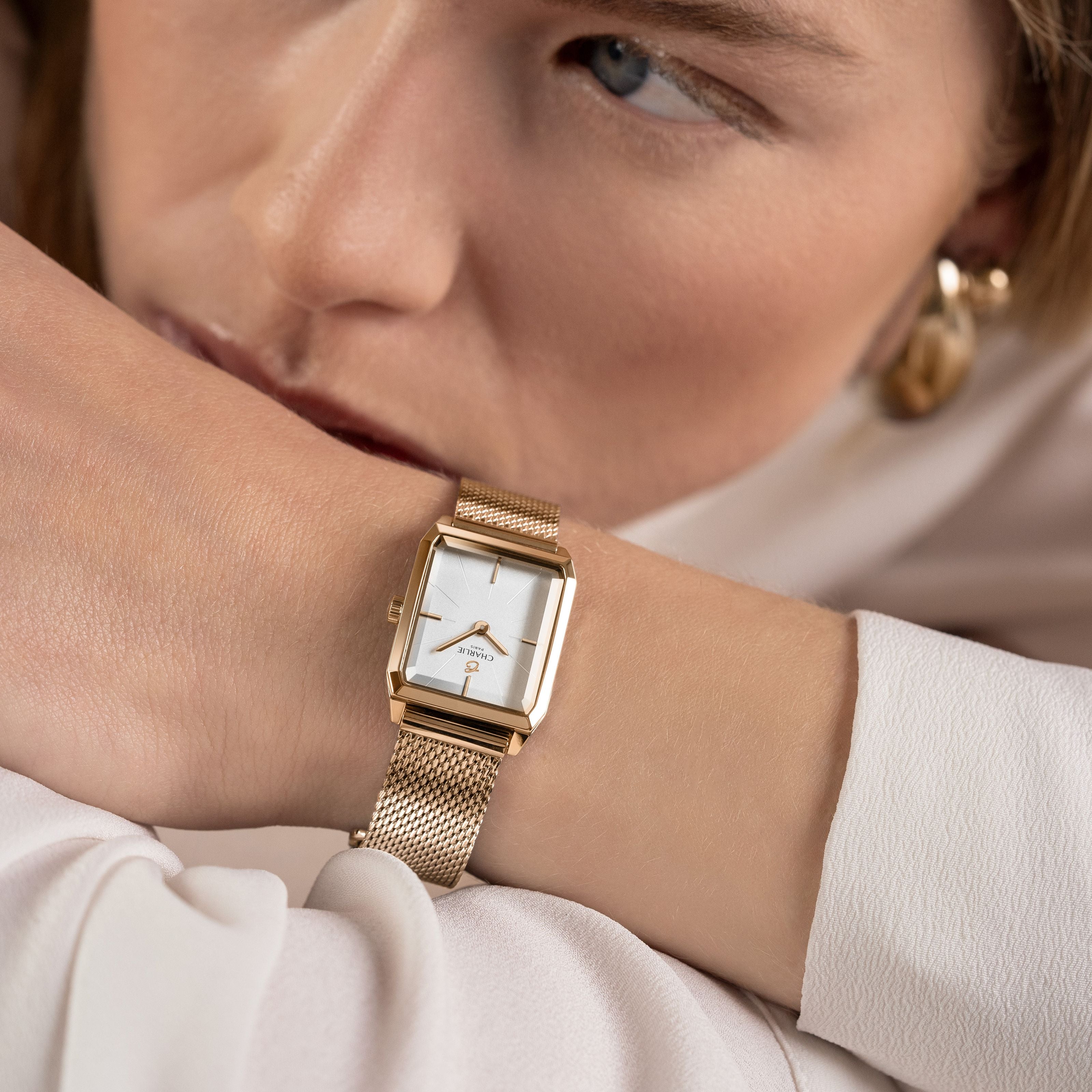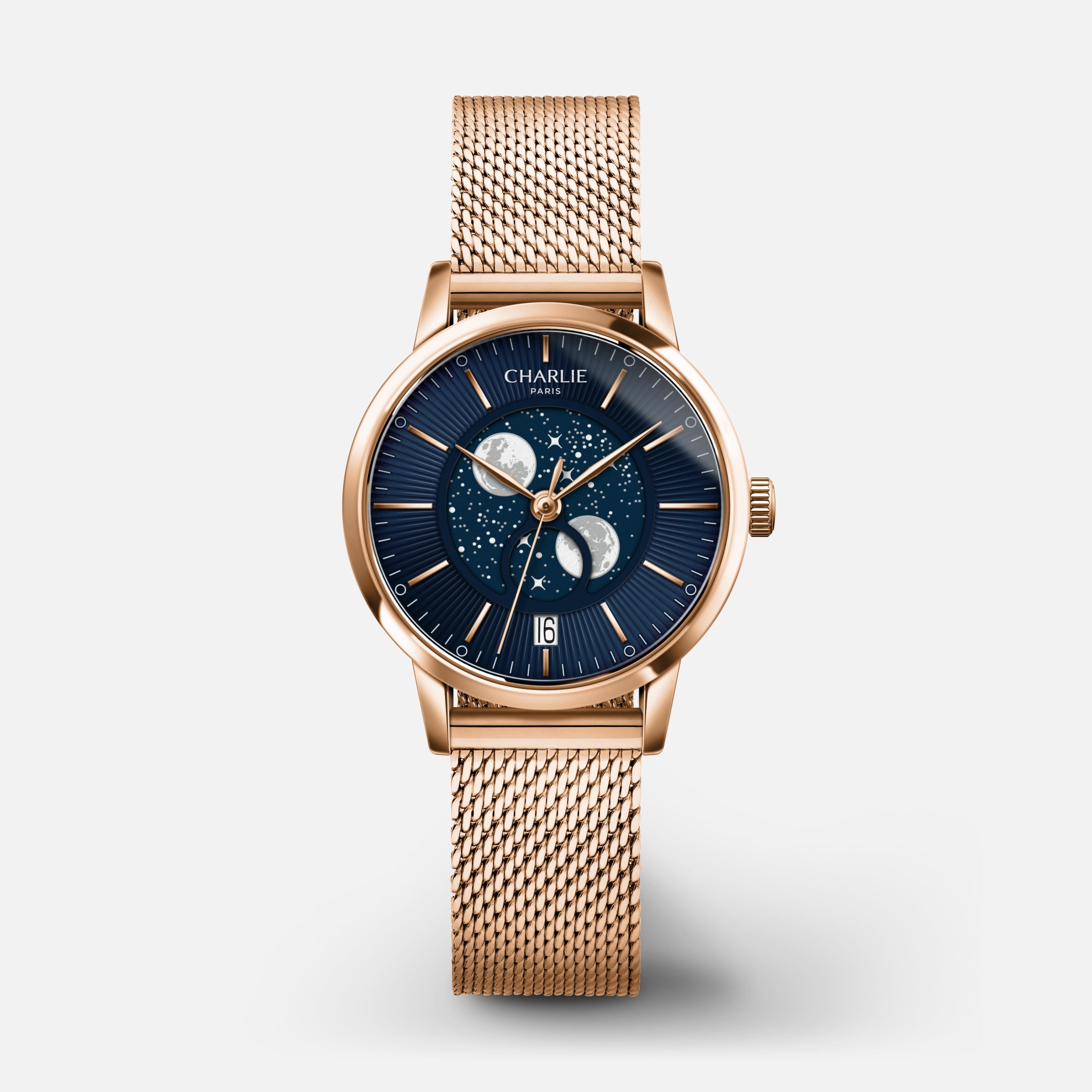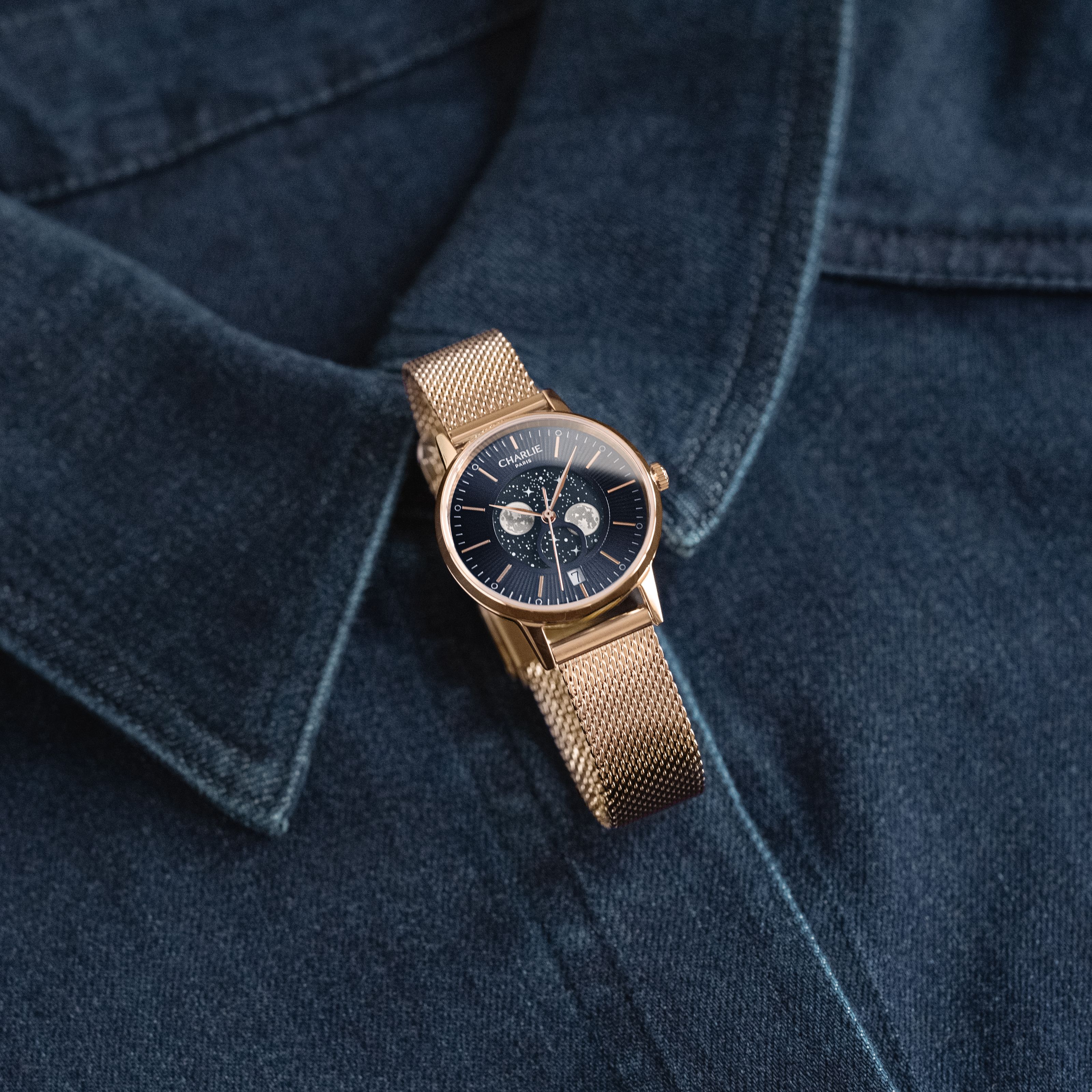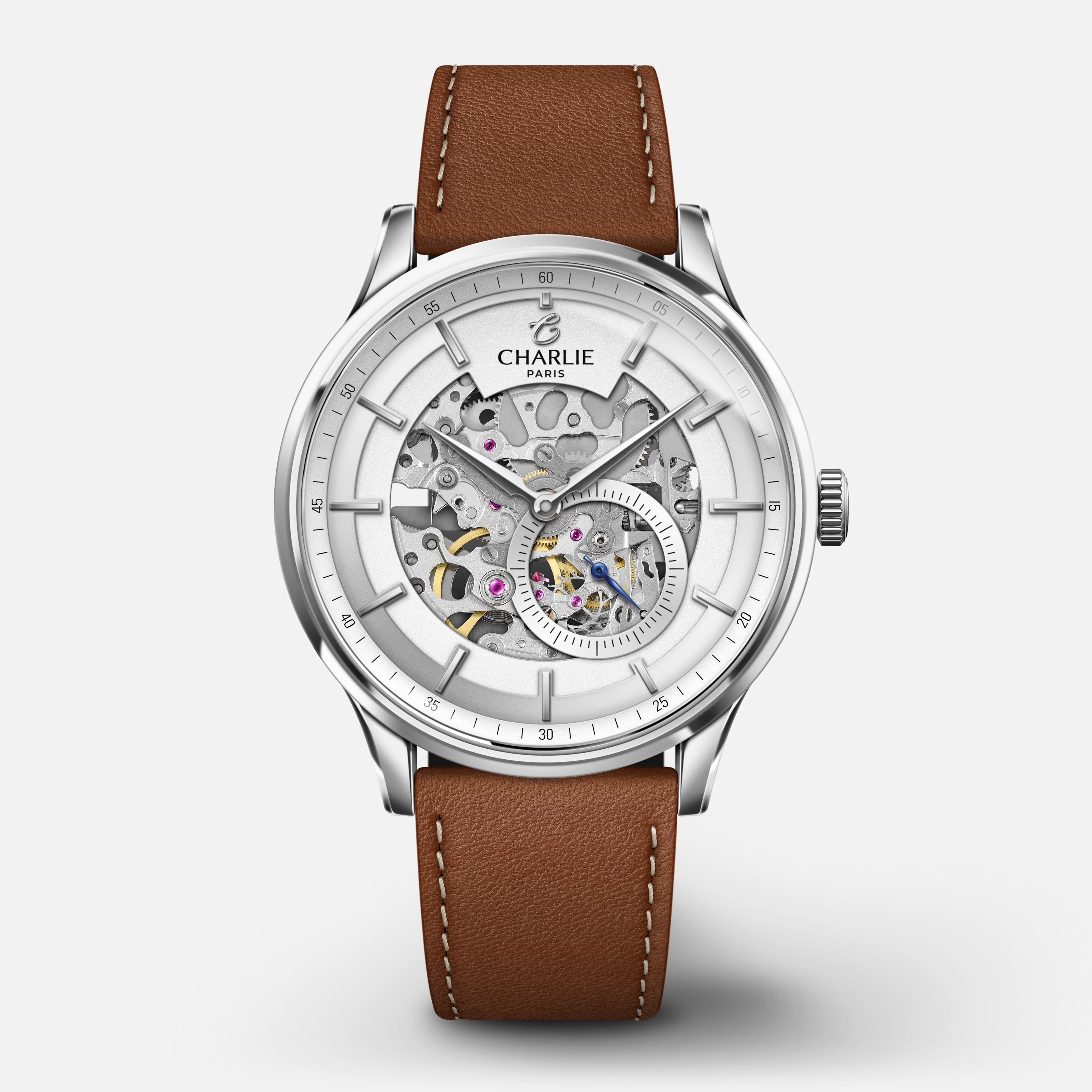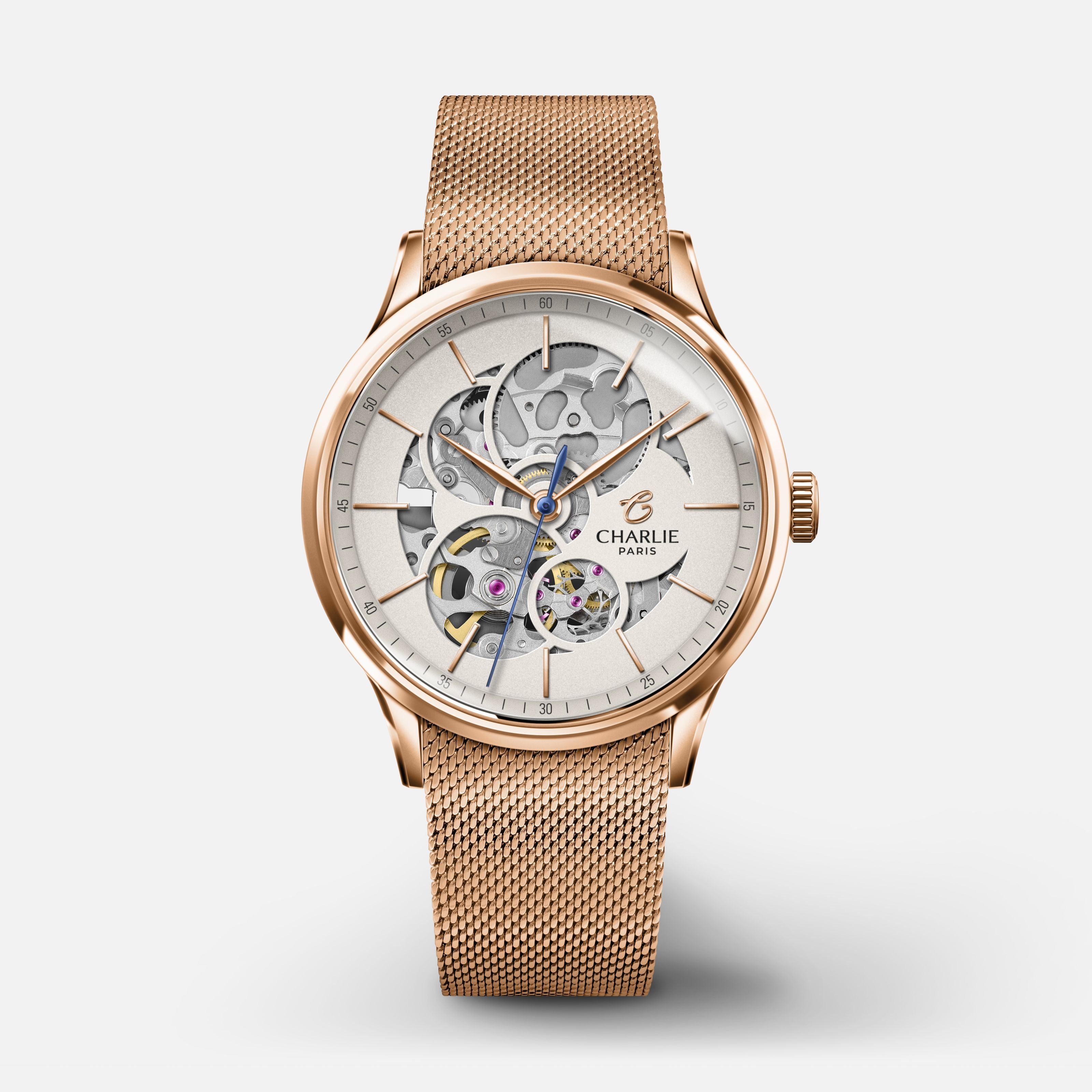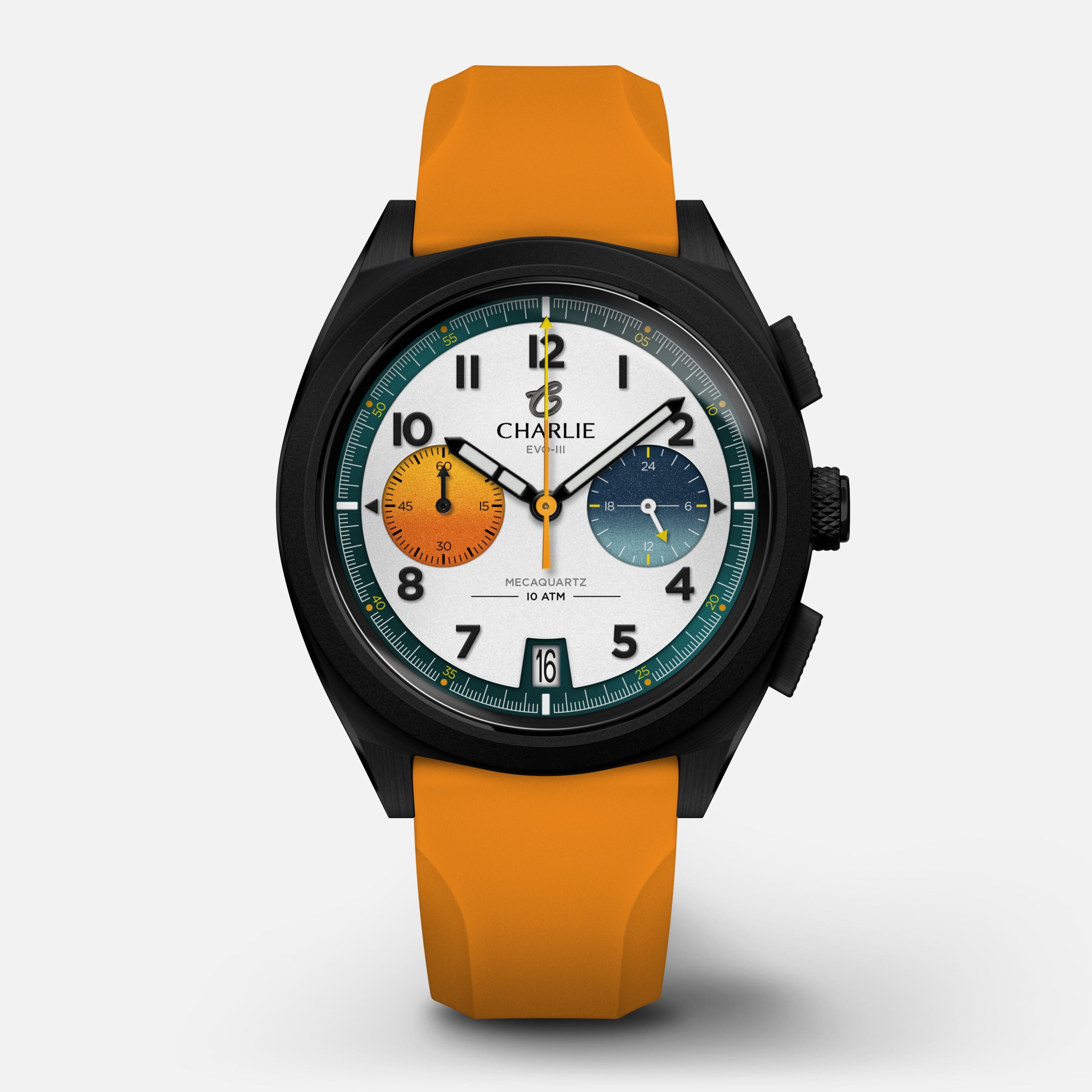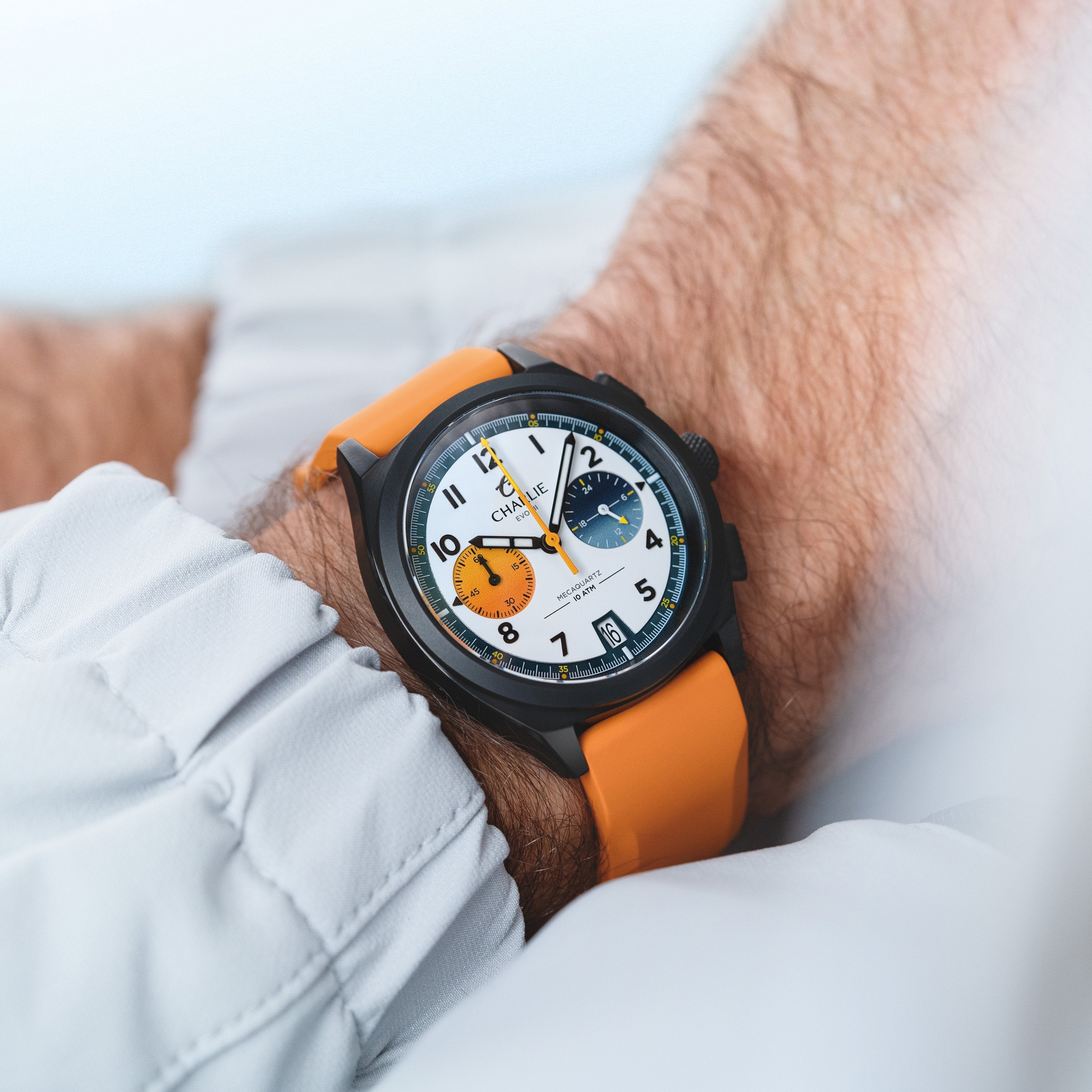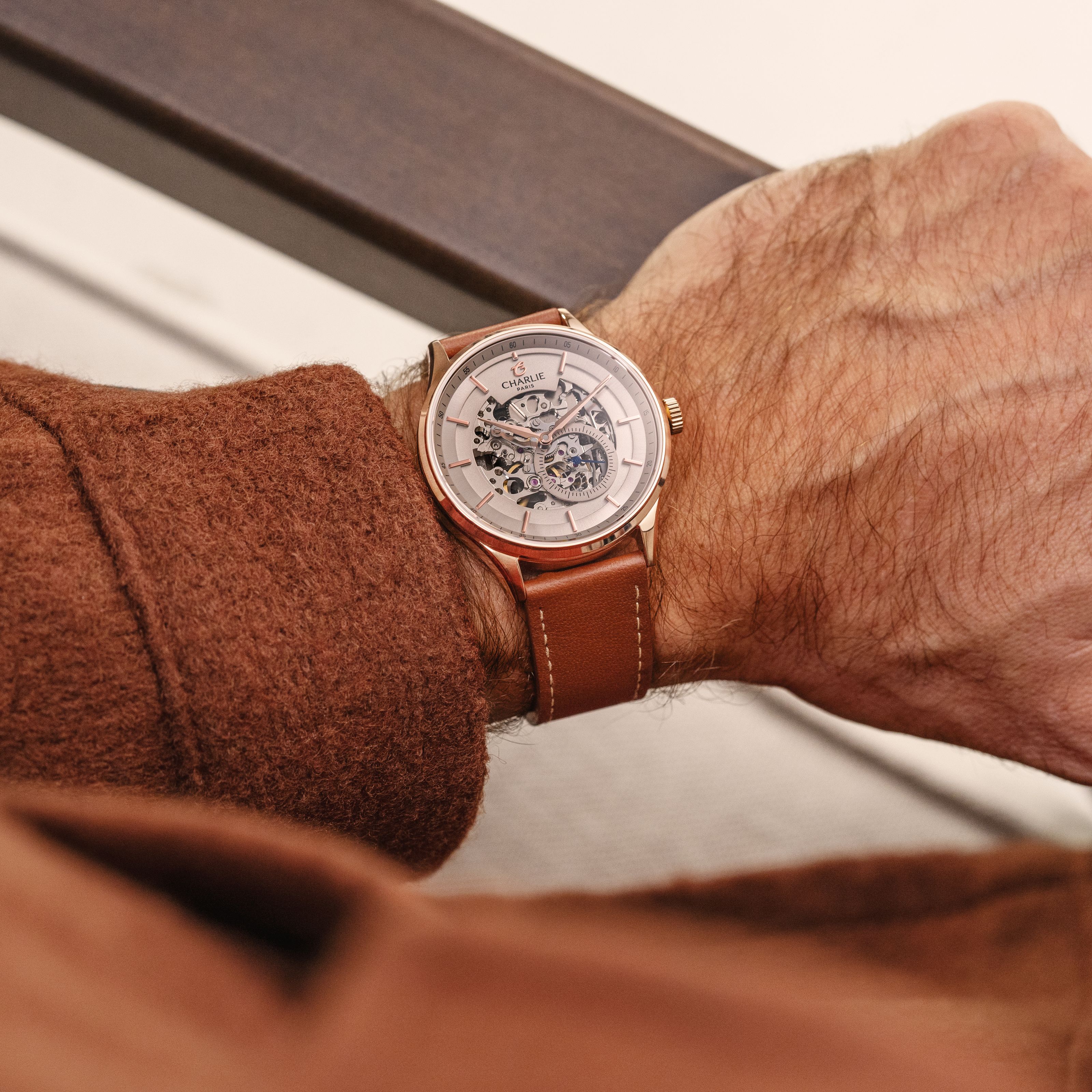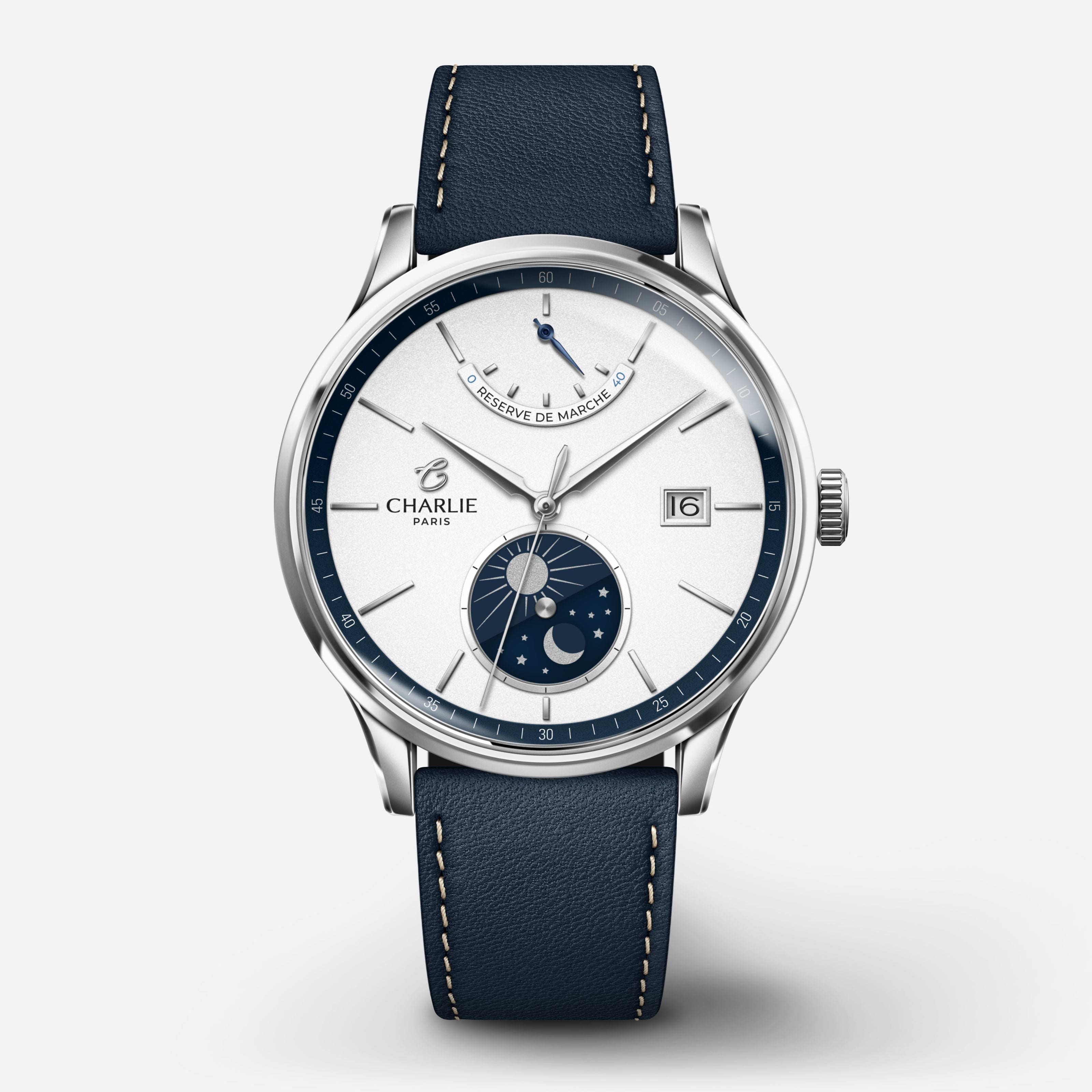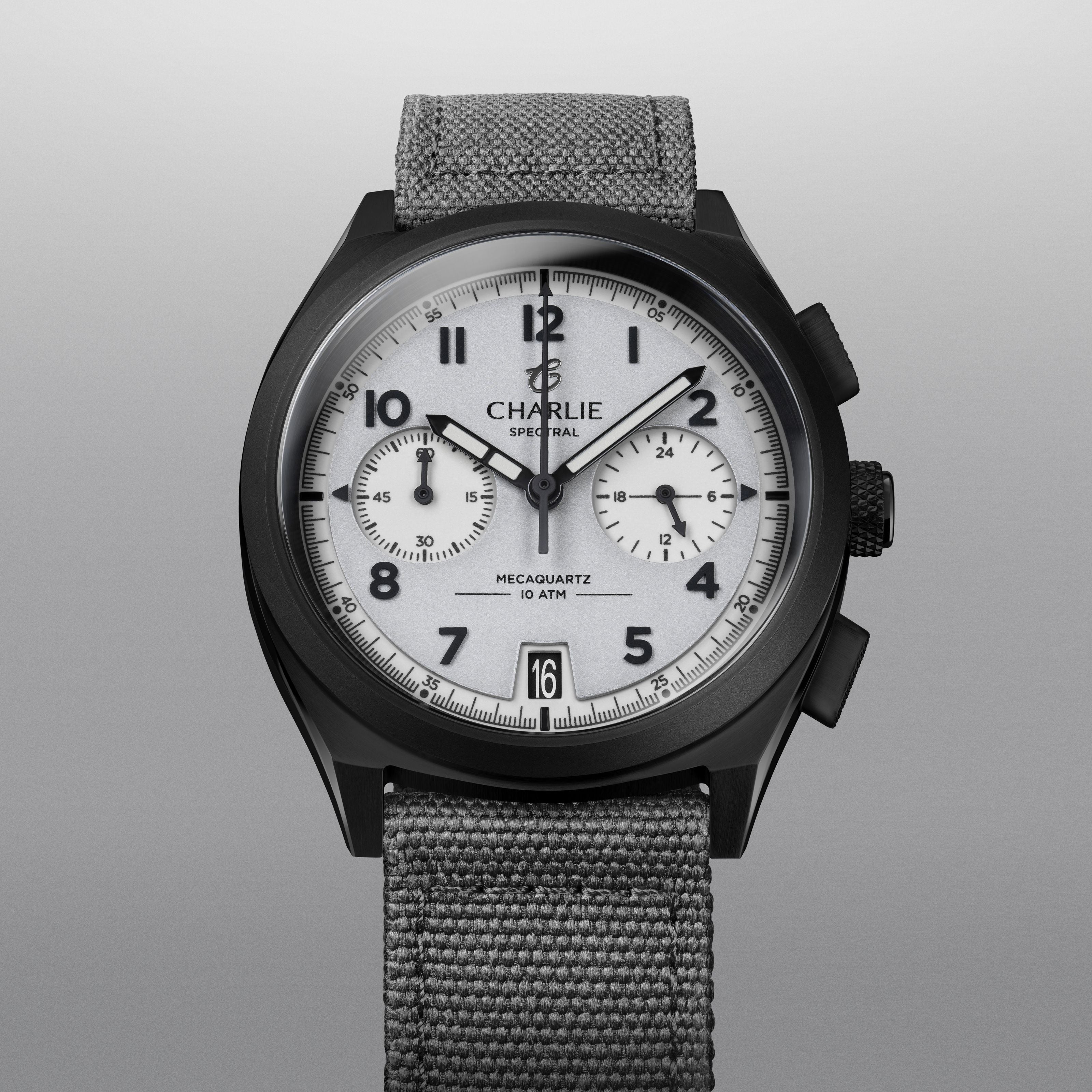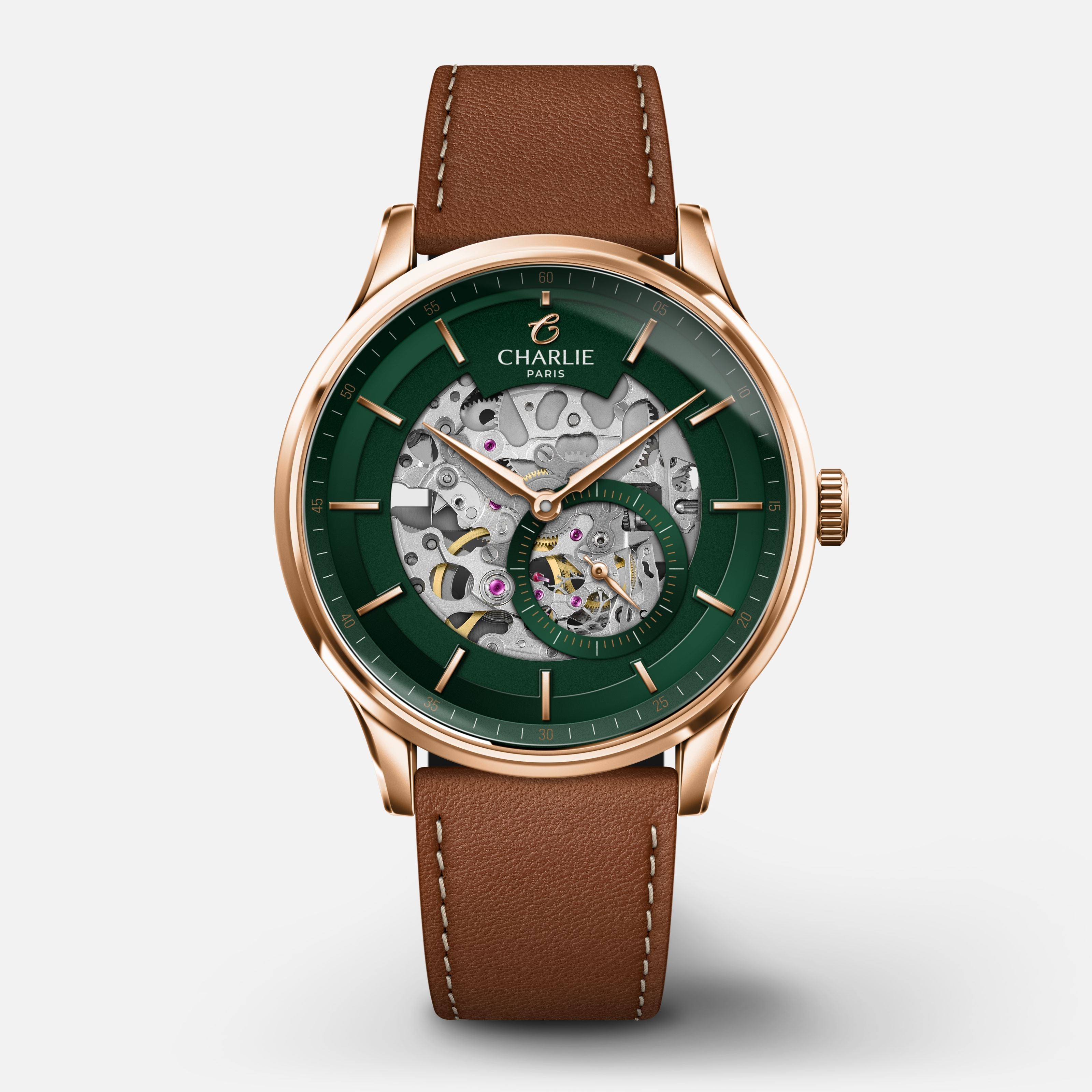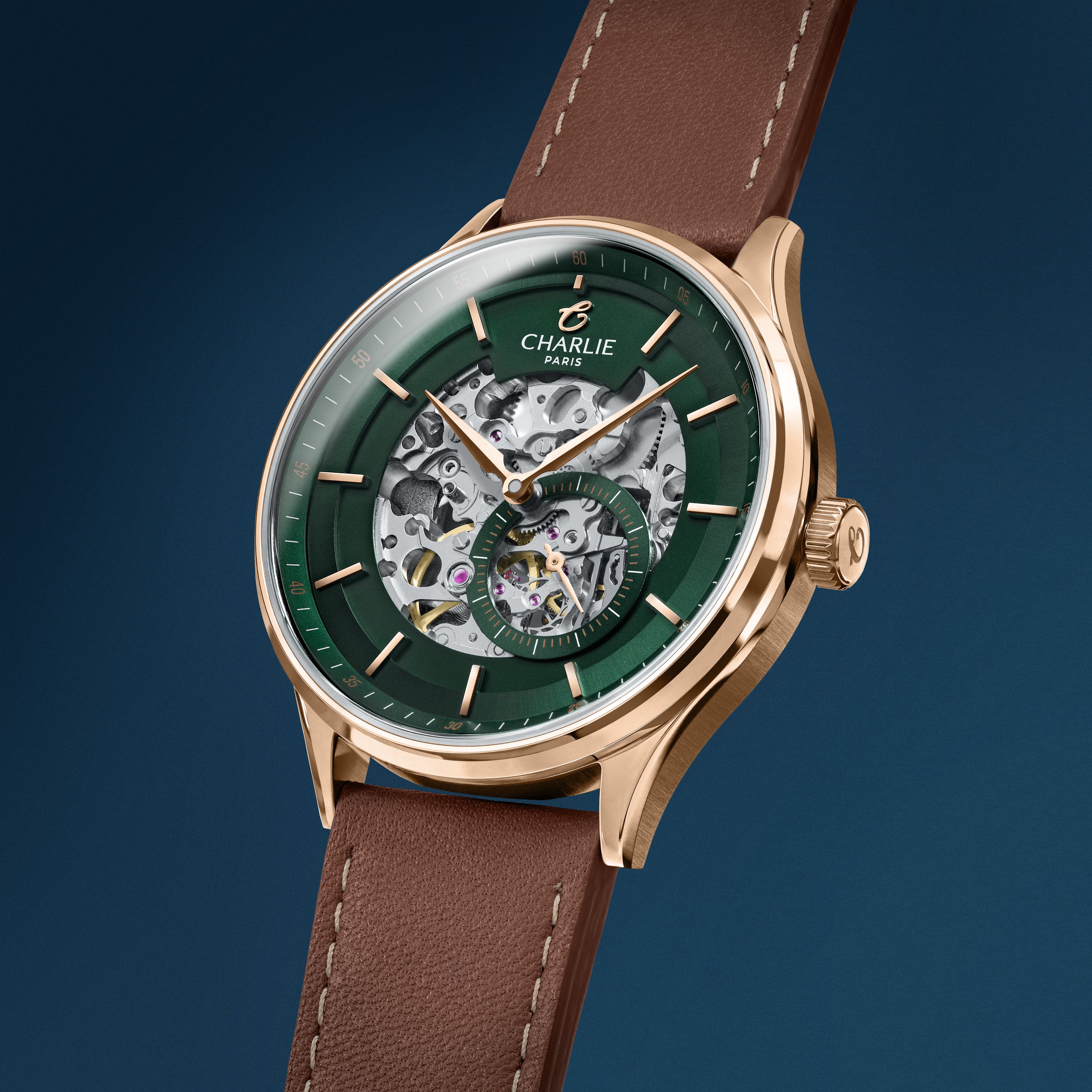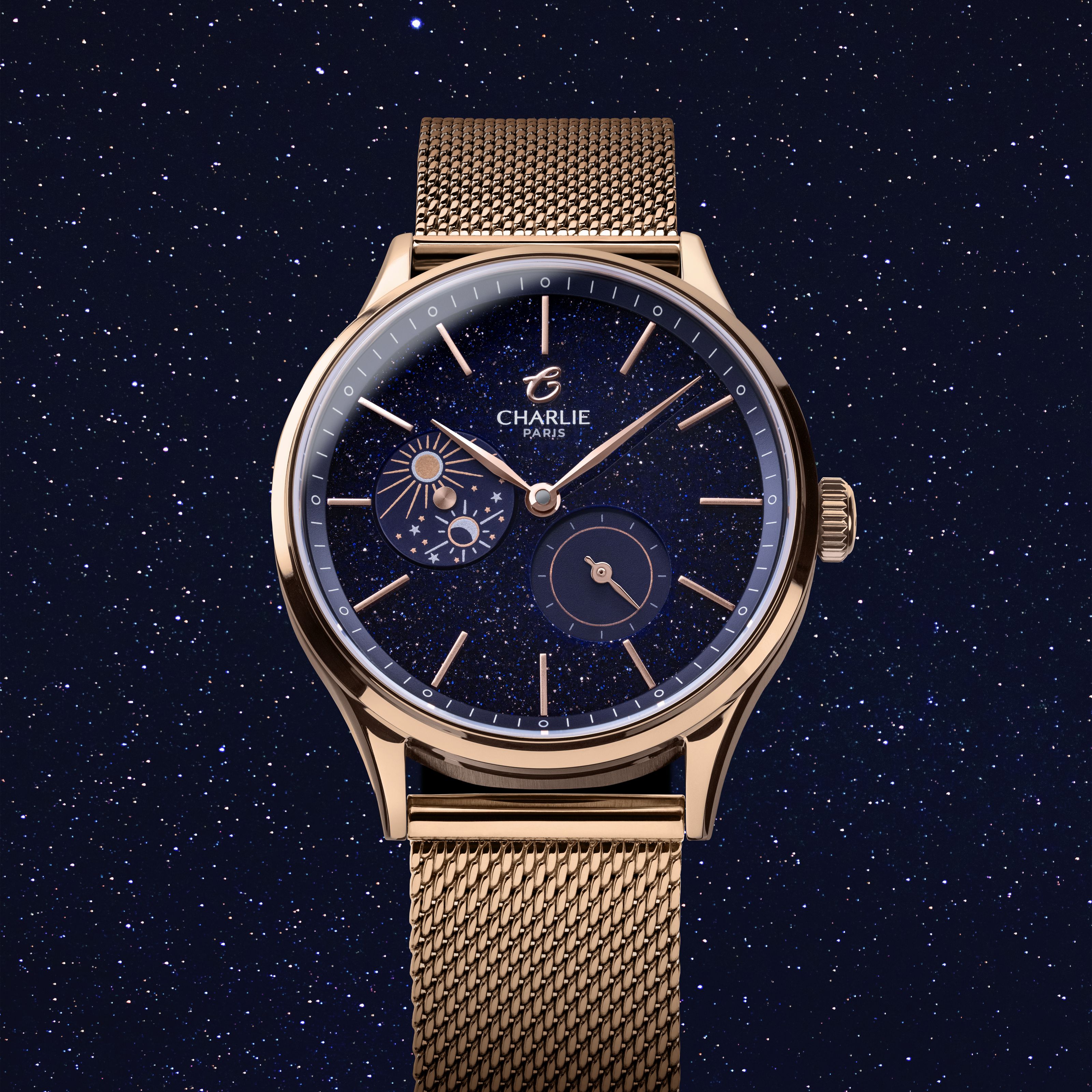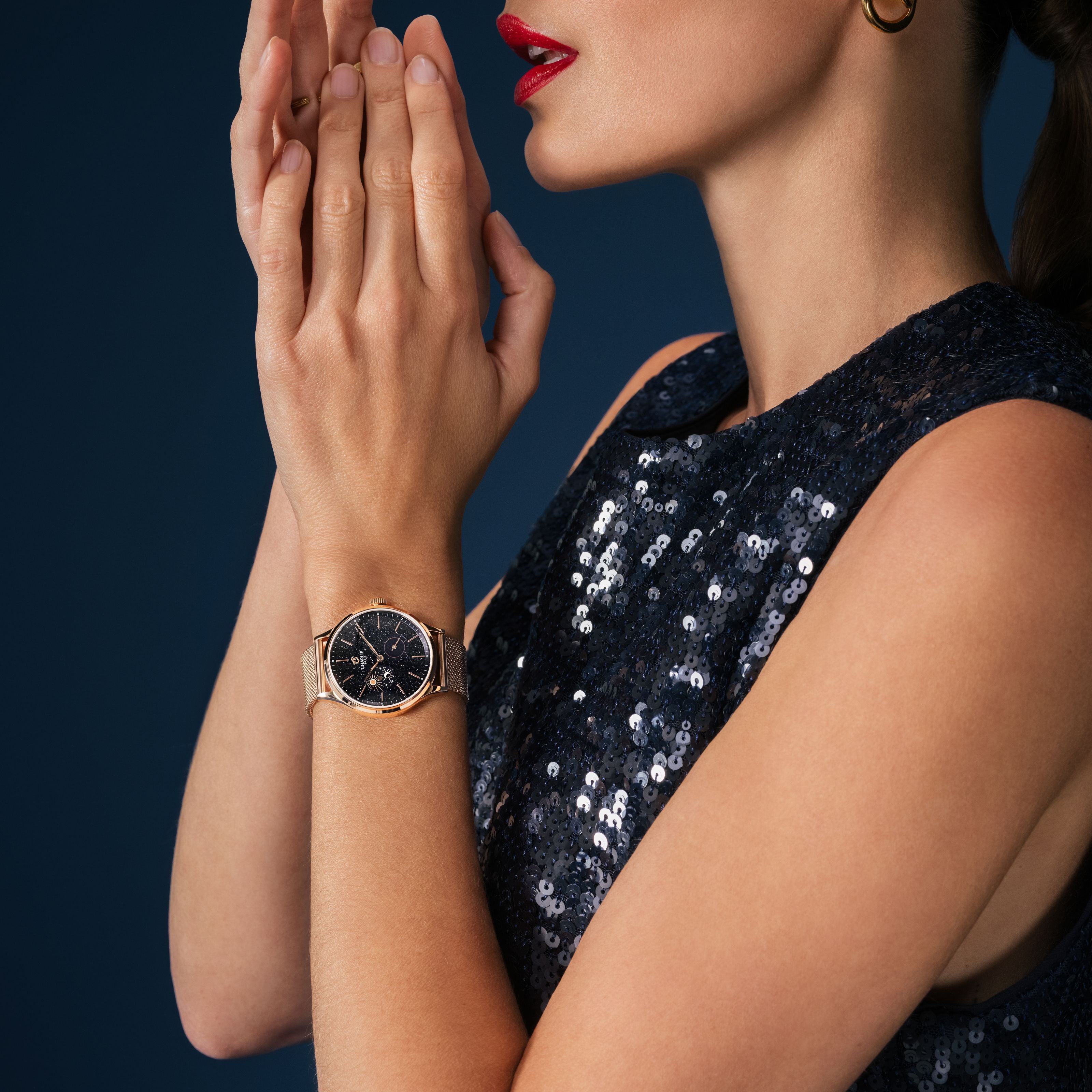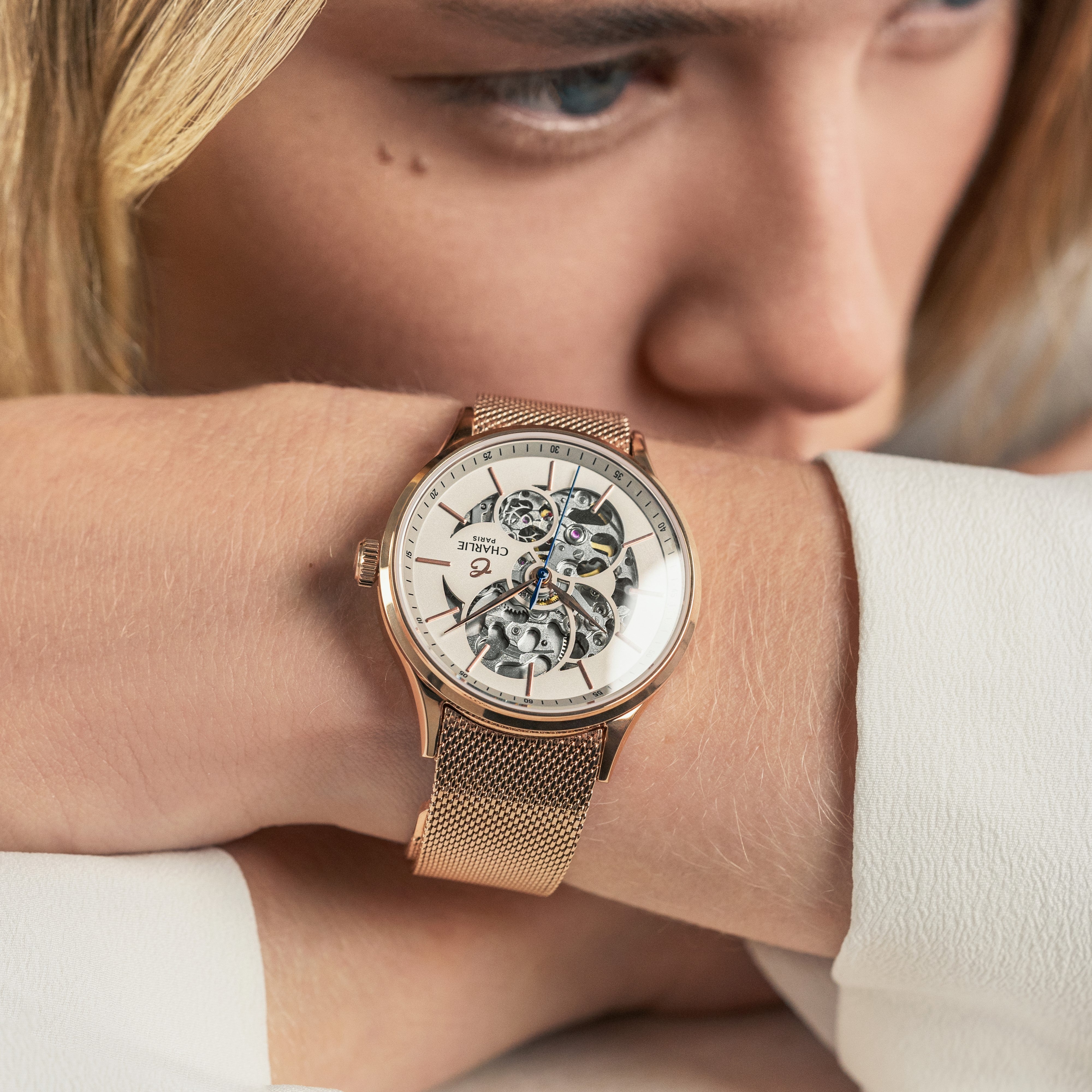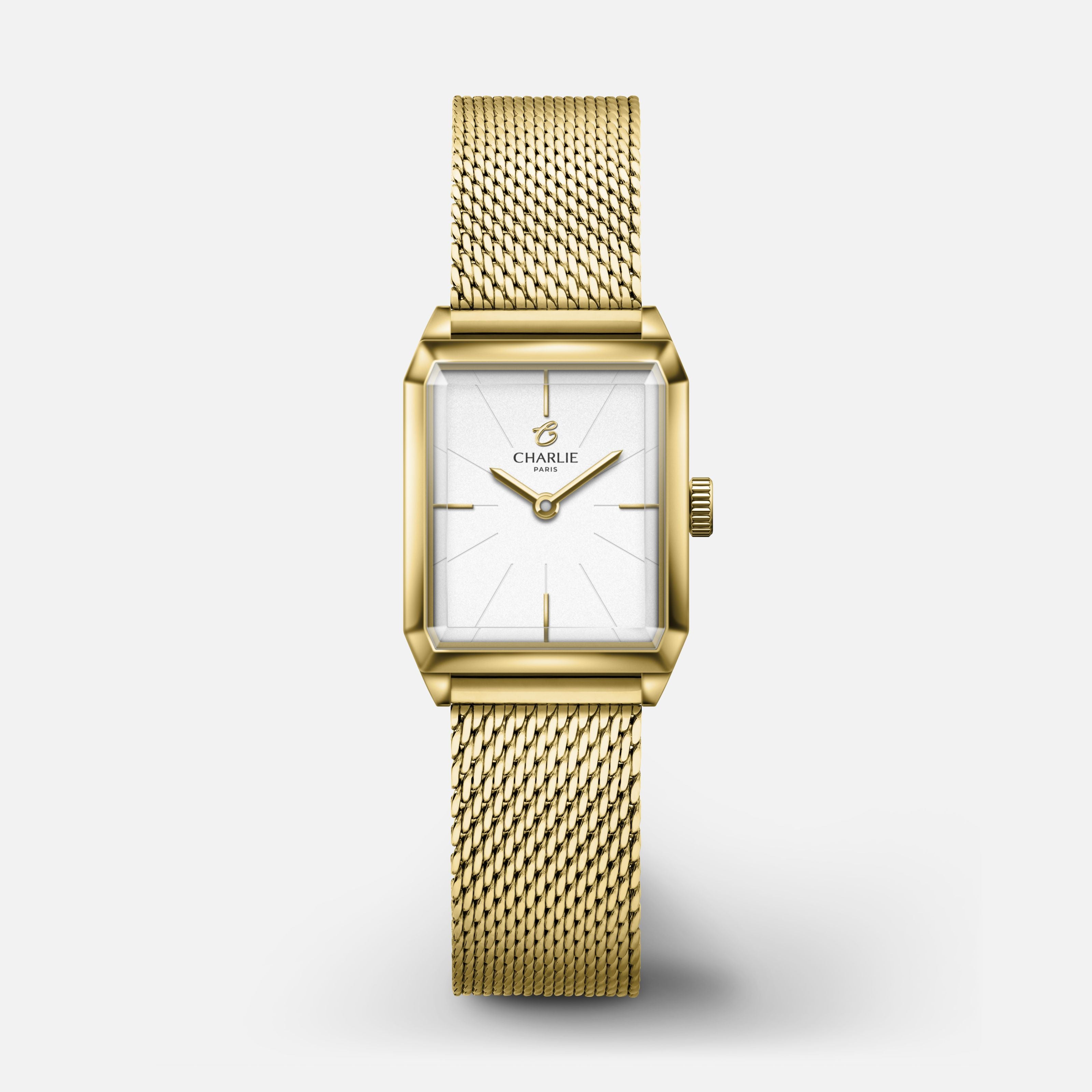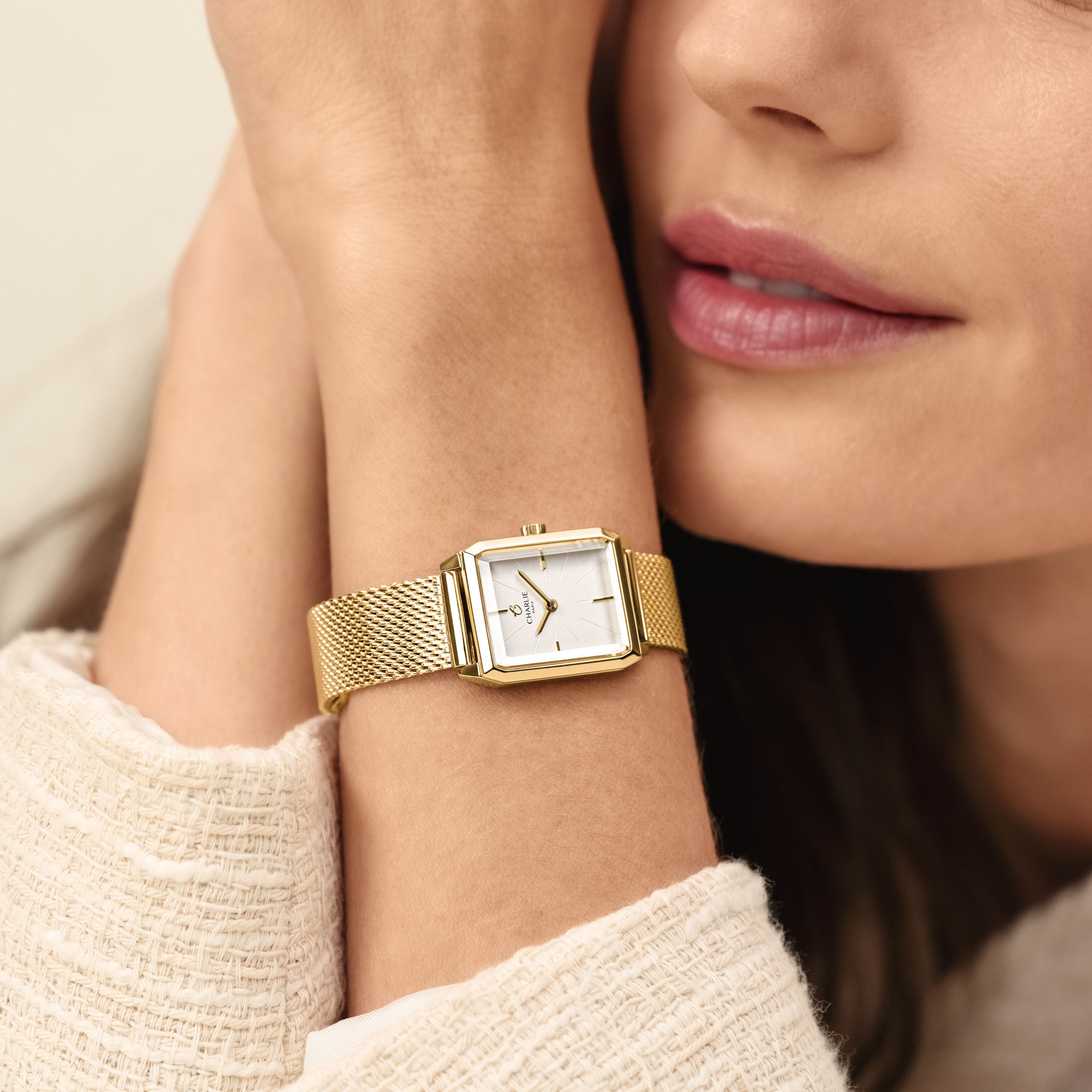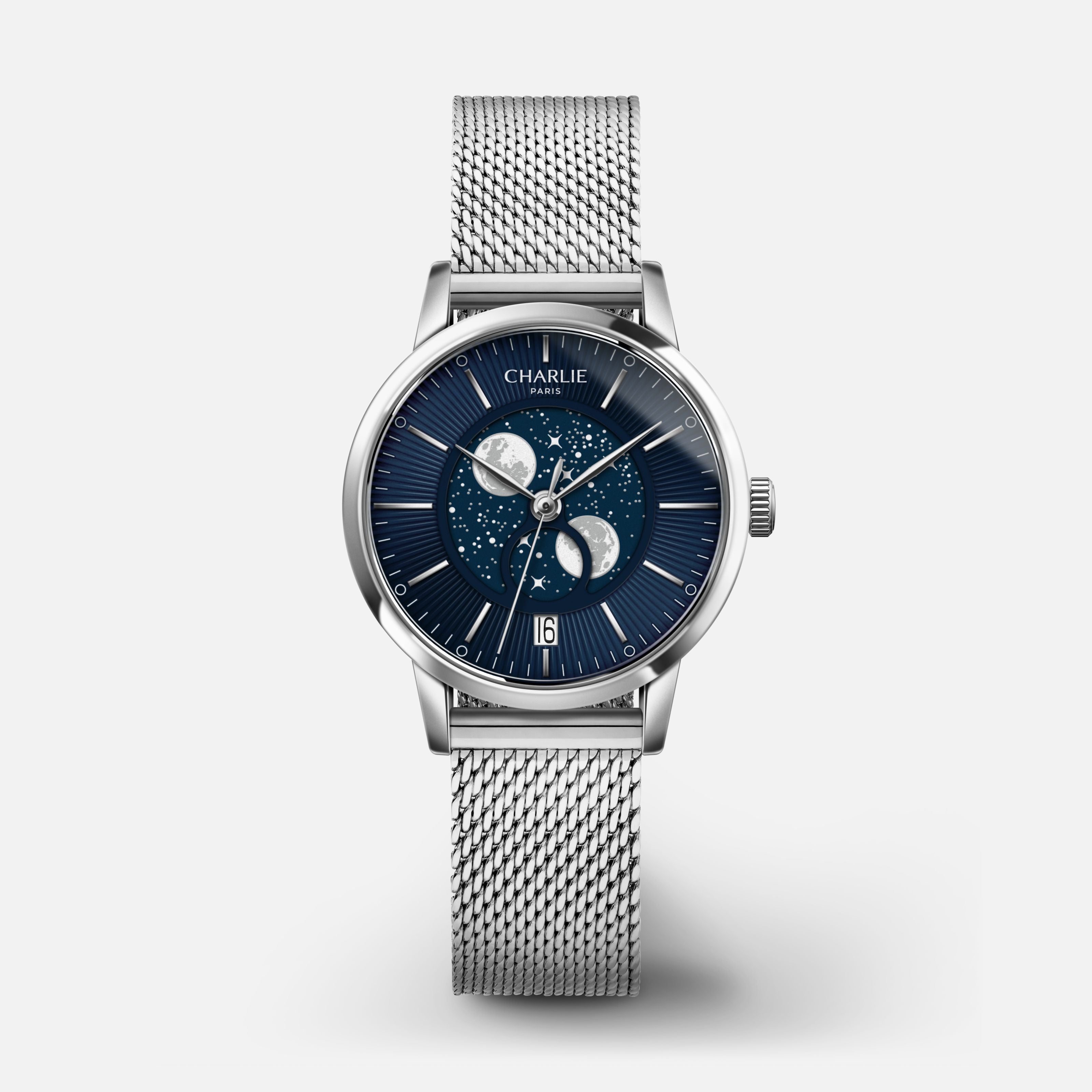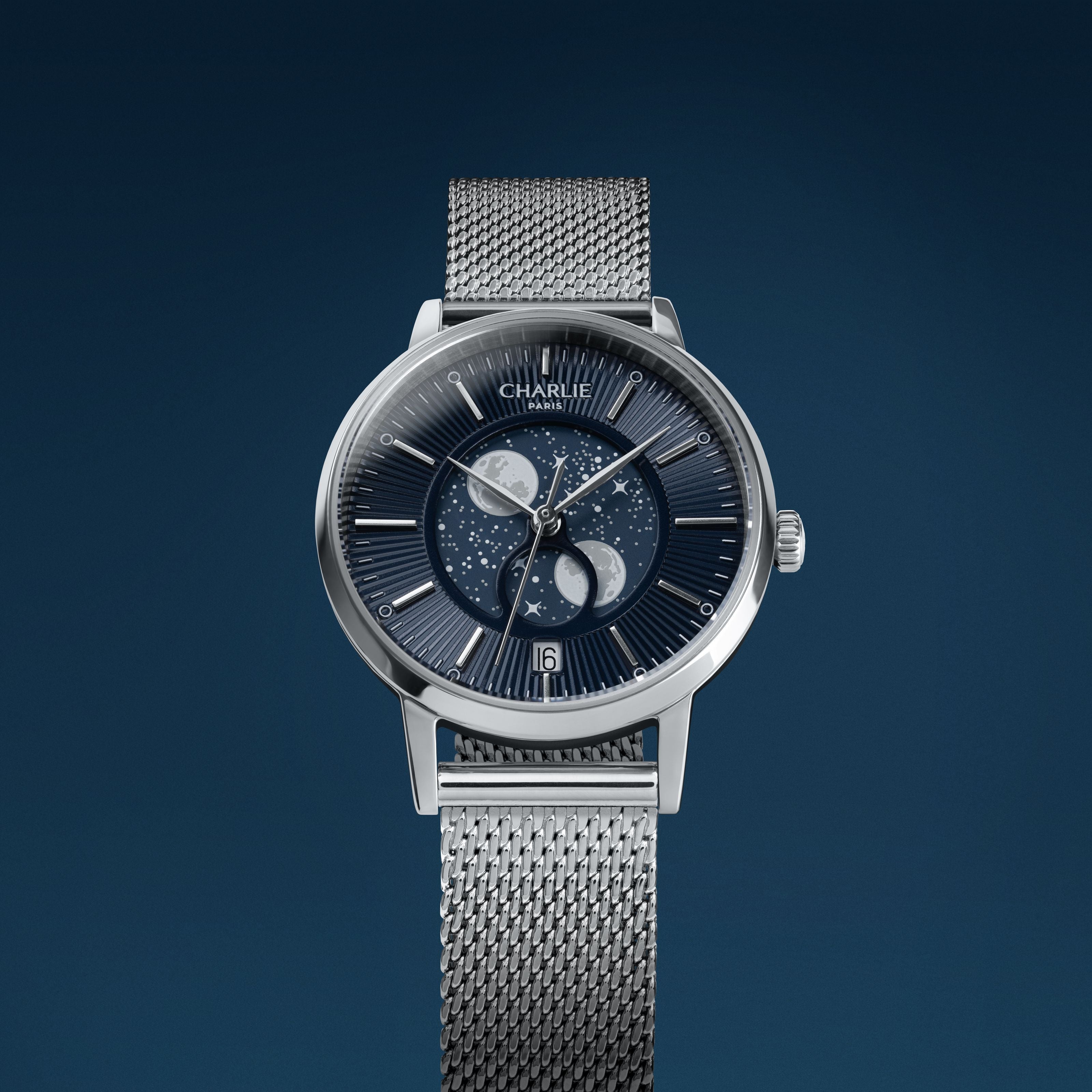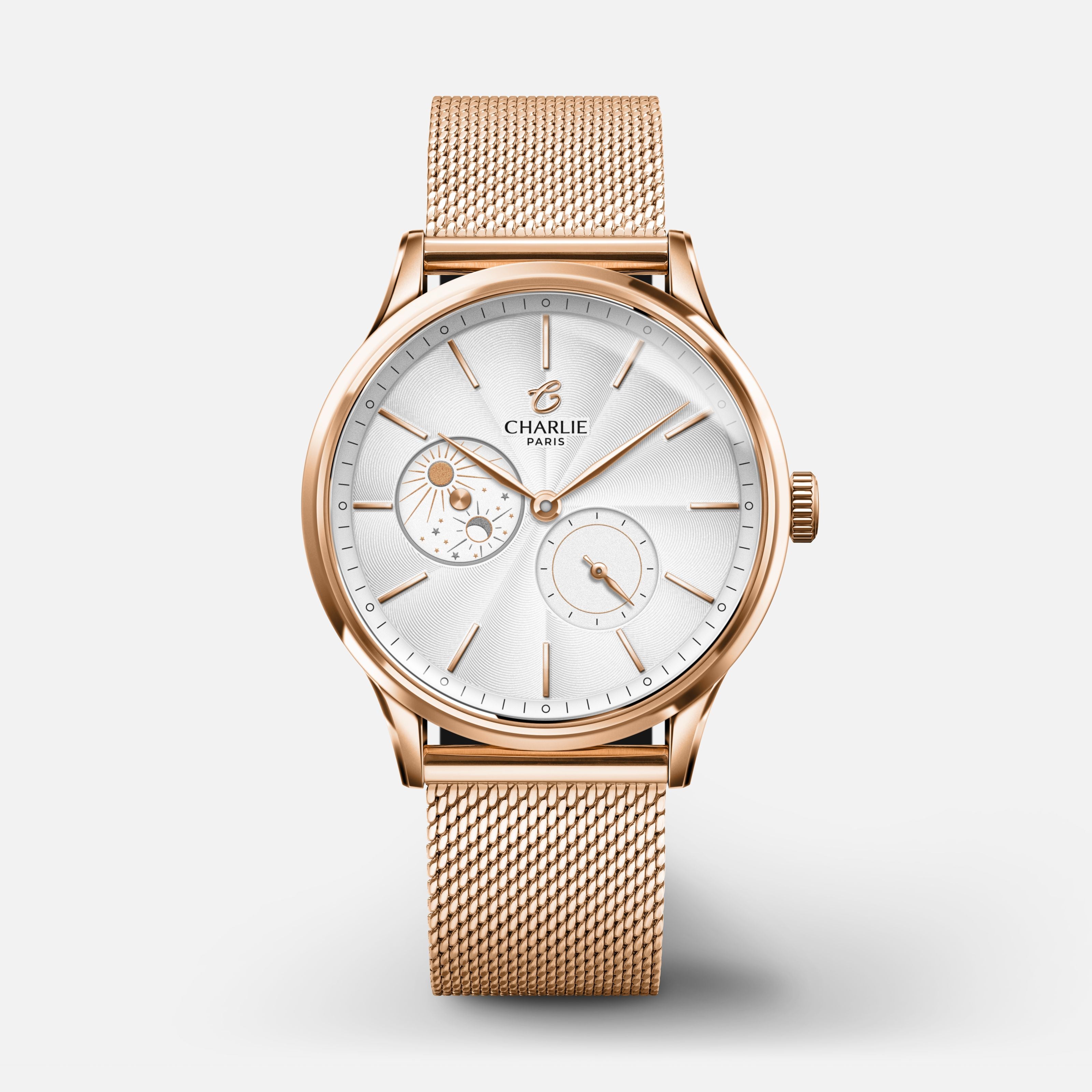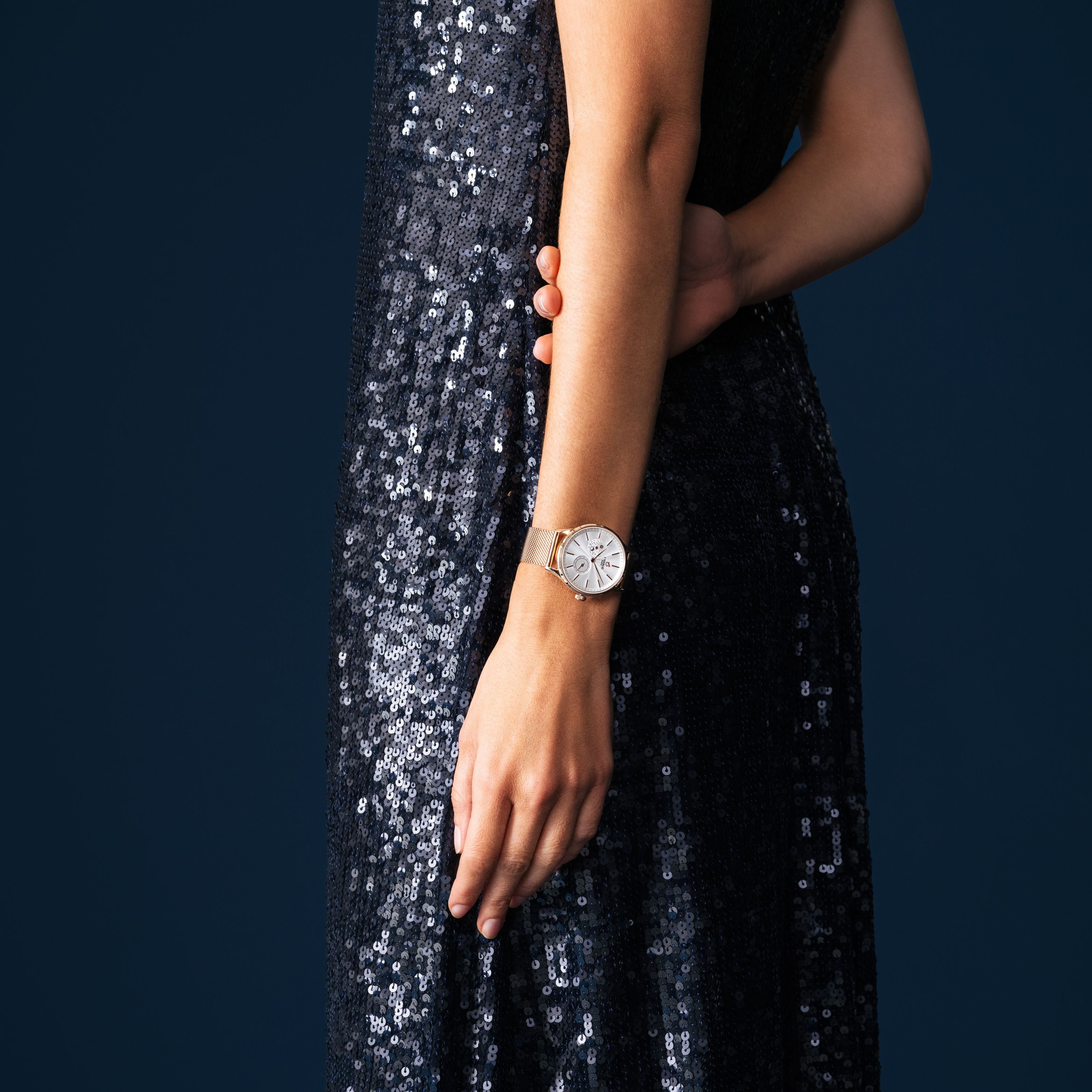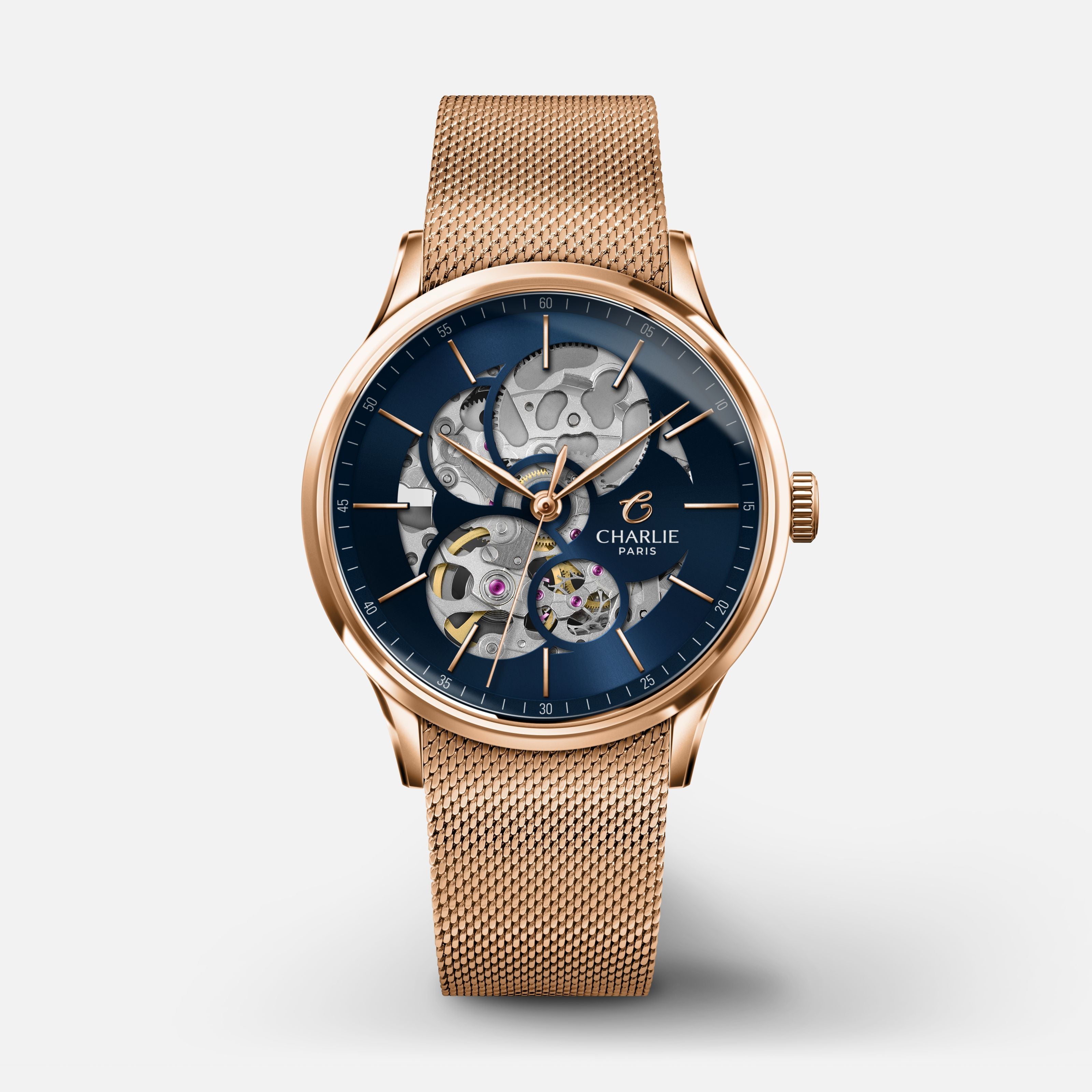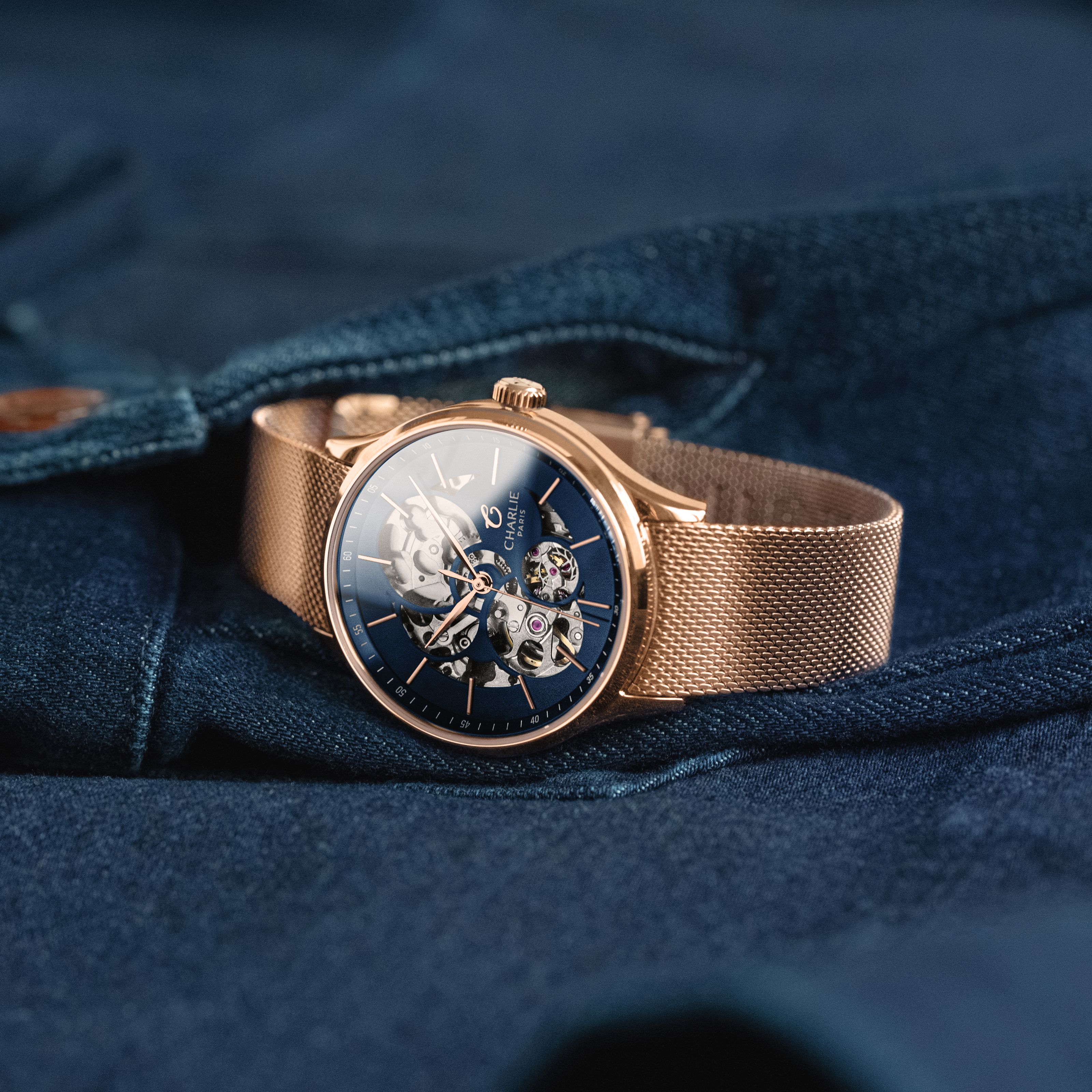For more than a century, the " Poinçon de Genève " has been a reference for quality and excellent craftsmanship. The Geneva Laboratory of Watchmaking and Microtechnology, called Timelab, is responsible for the activity of the " Poinçon de Genève ". The latter is the seal of watchmaking quality established by the Grand Council of the Canton of Geneva in 1886. This certification is a standard of excellence and the emblem of Geneva's haute-horlogerie, it guarantees the origin of the watches, their quality and their reliability. But what are the criteria that a Poinçon de Genève watch must meet to receive it? Team Charlie Paris explains everything in detail in this article.
- The origins
Established in 1886, the Geneva Seal is a label of excellence that guarantees the origin and quality of automatic watches manufactured in the canton of Geneva. Since 2009, the Geneva Laboratory of Watchmaking and Microtechnology is responsible for controlling its attribution.
The creation of this certification originated in the 16th century when many Huguenot watchmakers took refuge in Geneva. They were welcomed by Jean Calvin, who wanted to increase the number of his followers. The arrival of this intellectual and professional elite allowed a restart of the economic activity which had been damaged by the ecclesiastics. In the 17th century, watchmaking became a prosperous industry and the watchmakers decided to form a group in 1601 in order to organize their profession in a jurand with statutes. The apprenticeship and the mastery of watchmaking were subject to strict regulations, the result of which was the worldwide reputation of Geneva's watchmaking industry. During the 18th and 19th centuries, Geneva took a prominent place in the watchmaking industry and the name of this city, engraved on the movement of a man's or a woman's watch, presented it as a superior quality piece.
Unfortunately for Geneva watchmakers, some manufacturers abused the name of Geneva by applying a fraudulent seal to watches made outside the city and by mentioning a false origin in advertising. In response to this fraud, in 1873 the "Société des Horlogers" was founded and asked the Grand Council of the Republic and Canton of Geneva to find a solution. Thus on November 6, 1886, the Grand Council adopted a law called "Law on the optional control of watches". This law provides for the creation of a control office based at the Geneva School of Watchmaking whose role is to affix the official hallmark on the watches of manufacturers established in the Canton of Geneva who meet the admission conditions and the 12 criteria for obtaining the hallmark.
- A mark of excellence
The Geneva Seal concerns mechanical watches assembled and adjusted in Geneva. This label of excellence is recognizable by the coat of arms of the Canton of Geneva: the crowned eagle and the golden key. The crowned eagle symbolizes the imperial power of the Bishop of Geneva. The key is an attribute of the apostle St. Peter, patron saint of the Church of Geneva and of the city's cathedral. Initially, the criteria for awarding the Geneva Seal concerned exclusively the movement. As of June 2012, the entire watch is certified. This hallmark allows the recognition and identification of quality by the customer. In fine watchmaking, every detail of each component is scrutinized before obtaining the most prestigious certification. This perfectionism pushed to the extreme allows the Geneva Seal to remain the label of excellence, approved by the Geneva Laboratory of Horology and Microtechnology, Timelab.
As previously stated, to qualify for the Geneva Seal, strict criteria must be met. Only mechanical watches assembled and adjusted in Geneva can claim the Geneva Seal. Each caliber must meet twelve technical and aesthetic criteria that determine its design and characteristics. Only watches that meet the twelve criteria defined in the Poinçon de Genève regulations can receive this certification. A label of excellence and an emblem of the tradition of Geneva's fine watchmaking, this certificate guarantees the origin, the quality and the reliability of mechanical watches assembled, adjusted, fitted and controlled in the canton of Geneva.
- The evolution of the Geneva Seal
The law has been revised several times and the criteria for the Geneva Seal have evolved to keep pace with the evolution of techniques and materials used by watchmakers. Today the Geneva Seal is managed by the Timelab Foundation, which includes a certification center and a Research & Development center. To better meet the new requirements of the watchmaking world, the twelve criteria of the Hallmark were updated in 2013. The objective was to modernize this certification while preserving the know-how of yesteryear. Indeed, some criteria had not changed since 1886! To modernize it, a seven-member technical commission worked for two years to modernize and make the seal compatible with a constantly evolving sector.
Since 2012, the Geneva Seal no longer only guarantees the quality of the movement, but that of the watch in its entirety. Indeed, for 125 years, the Hallmark focused on the movement and the respect of the particular finishing of the materials and the prohibition of certain parts like the wire spring. Since 2012, it certifies the timepiece as a whole, from the design to the casing. Thus, watches now receive two seals, one on the movement next to the serial number, and the other on the case.
Many manufacturers want to use new, so-called innovative materials. The regulations have therefore been adapted to these new technologies: a part containing a polymer has been homologated, after it has been proven that only this material fulfills the ideal friction conditions in this very specific case. More significantly, silicon has been approved by the new seal, but still in very specific cases, mainly for exhaust parts. Reinforced controls are carried out. To meet the excellence of this seal, everything is 100% checked, every part, every detail, every part of each timepiece. To do this, a machine is made available to them to enable them to carry out the checks on finished watches and the results are of course double-checked. In concrete terms, these functional tests are used to check the precision of the movement, the functions, the water-resistance and the power reserve.
Read more

Meet Samuel Redon, surfer and Charlie Paris ambassador, to celebrate the launch of our new Concordia Azur watch. He shares his vision of surfing, time, and freedom, and reflects on his unique conn...
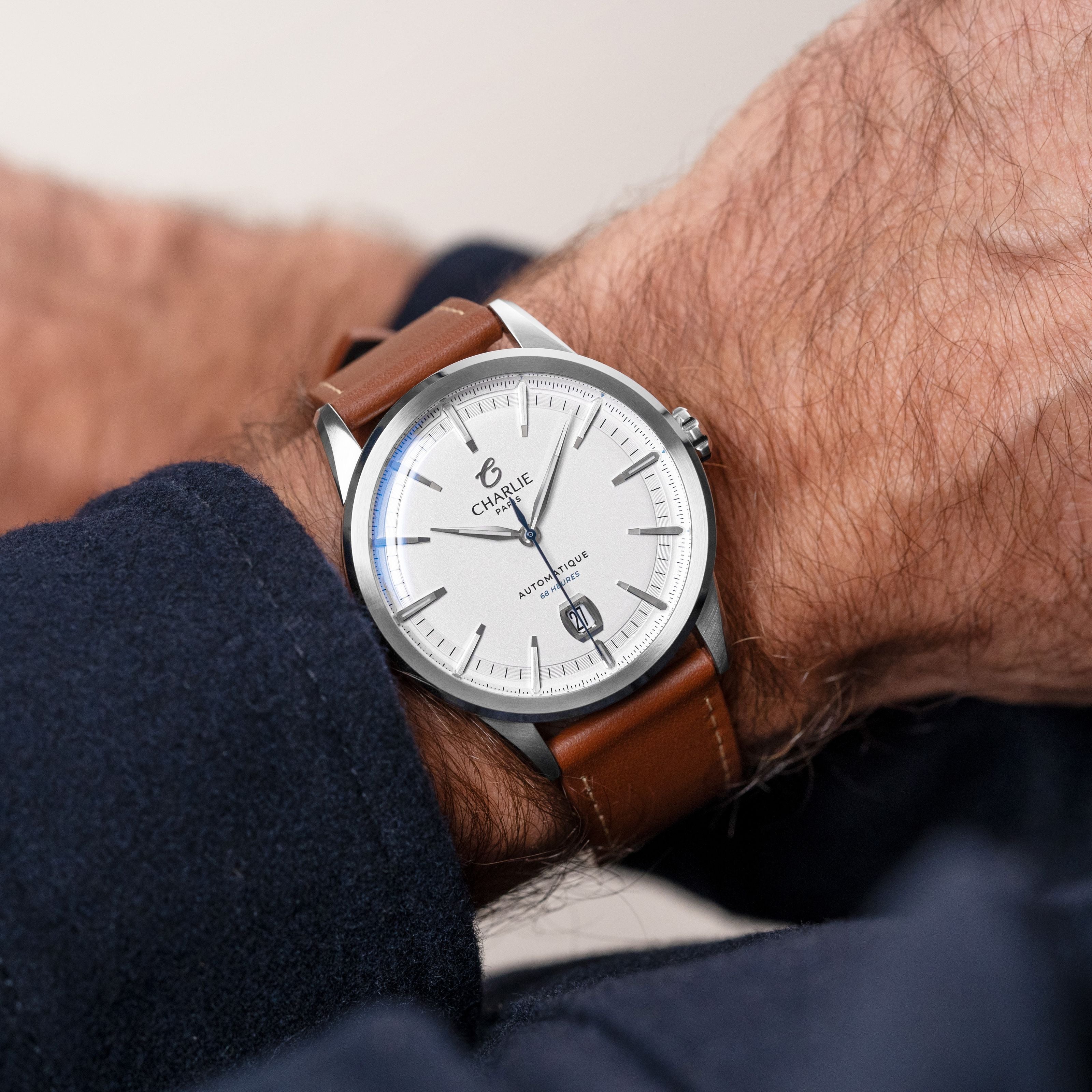
At a time when modern and vintage watches seem to clash, at Charlie Paris we wanted to bring them together to create watch models that are both contemporary and authentic. Discover our men's and wo...


